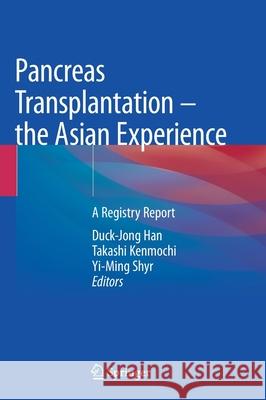Pancreas Transplantation - The Asian Experience: A Registry Report » książka
topmenu
Pancreas Transplantation - The Asian Experience: A Registry Report
ISBN-13: 9789811645969 / Angielski / Twarda / 2021 / 252 str.
Pancreas Transplantation - The Asian Experience: A Registry Report
ISBN-13: 9789811645969 / Angielski / Twarda / 2021 / 252 str.
cena 563,56
(netto: 536,72 VAT: 5%)
Najniższa cena z 30 dni: 539,74
(netto: 536,72 VAT: 5%)
Najniższa cena z 30 dni: 539,74
Termin realizacji zamówienia:
ok. 22 dni roboczych.
ok. 22 dni roboczych.
Darmowa dostawa!
Kategorie BISAC:
Wydawca:
Springer
Język:
Angielski
ISBN-13:
9789811645969
Rok wydania:
2021
Wydanie:
2022
Ilość stron:
252
Waga:
0.65 kg
Wymiary:
25.4 x 17.78 x 1.6
Oprawa:
Twarda
Wolumenów:
01
Dodatkowe informacje:
Wydanie ilustrowane











